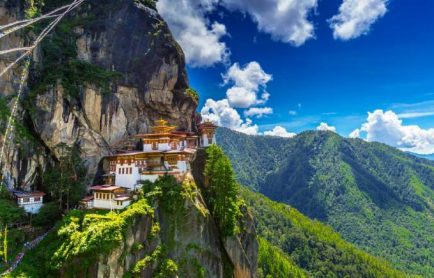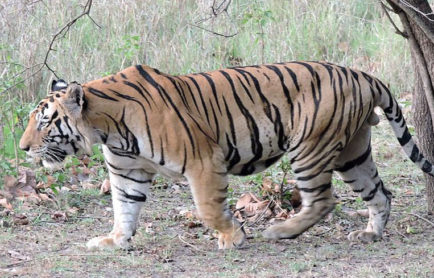Coexisting in Peace: Leopard Population Rises in National Park in Crowded Mumbai
 Last Updated: 26 Jul, 2019 By Ashwini
Last Updated: 26 Jul, 2019 By Ashwini
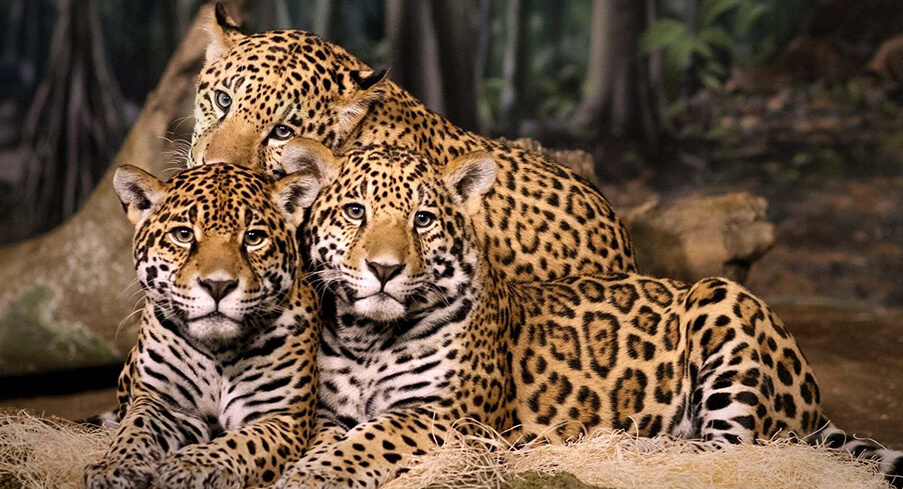
Last year news surfaced that Leopard population touched 2,500 mark in Karnataka and it came as a surprise because authorities had no proper Leopard conservation policy in place. The Leopard population has been witnessing an upward spiral and giving a boost to conservationists in Maharashtra, Leopard population in Sanjay Gandhi National Park is said to have increased from 41 in 2017 to 55 in 2018. This is a big boost to officials who have been working round the clock to minimise the numbers of human-leopard conflicts.
In case you didn’t know
Indian Leopard, a subspecies of Leopard is native to India, Nepal, Part of Pakistan and Bhutan. The species was listed as vulnerable by the IUCN Red List. Due to loss of habitat and poaching, the Leopard population was on a constant decline, until the government ensured the protection of the Leopard population in India. In 2015 census, it was noted that Maharashtra had around 905 Leopards across its various wildlife sanctuaries.
The heart of the matter
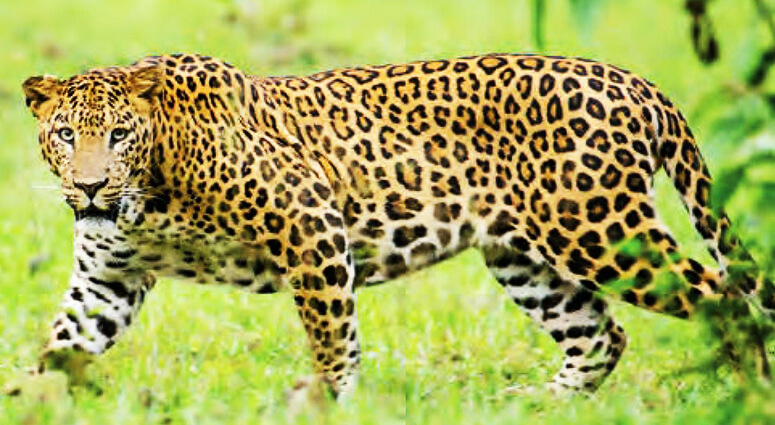
In a recent study named Monitoring Density & Movement of leopards in and around the Sanjay Gandhi National Park 2018, it was reported that Leopard population has seen an increase, continuing the trend from 2015. The study was previously conducted in the years 2011, 2015 and 2017. The study was conducted by SGNP Director Anwar Ahmed and Nikit Surve from the Wildlife Conservation Society-India (WCS-India).
With an aim to estimate the Leopard population in the Sanjay Gandhi National Park, the officials covered the areas of SGNP, areas surrounding Aarey Milk Colony, IIT Powai, Bombay Veterinary College, Nagla Block and Ghodbunder Village. The total area covered was around 140 sq kilometres. The team used fifty camera traps and they were activated between the period of April 25 to May 16 and also between May 17 and June 8.
The camera captured 47 individuals Leopards beside 8 cubs from the study area. Out of the 47 Leopards captured on camera, 17 were identified as males and 27 were identified as females, while the sex of three Leopard remains unknown. There were also 8 cubs captured by trap camera.
The researchers also crossed check with the existing database which was collected in the year 2015 and 2017. 25 Leopards photo-captured matched with the existing database and the remaining 22 are believed to be photographed for the first time. Out of 47, 2 Leopards matched with the database of the year 2011.
It was also noted that female Leopards were found with their cubs, with different age groups and a lactating and a pregnant Leopard was also photographed.
| Year | Number of Leopards |
| 2018 | 47 |
| 2017 | 41 |
| 2015 | 35 |
During survey, many other animals were photo-captured including jungle cat, Bonnet macaque, Rhesus macaque, common langur, sambar, spotted deer, Barking deer, Small Indian civet, the Palm civet, Indian hare and Ruddy Mongoose.
One of the objectives for the exercise was to assess the movement of all leopards inside as well as outside SGNP’s boundary. The study showed some interesting results.
A male leopard, L59 was earlier photographed in May 2017 along the Malad trail and during this exercise, the Leopard was found on the Kaman-Bhiwandi road in January 2018. This leopard is believed to have crossed the Ghodbunder road, Vasai creek, Diva -Kaman-Vasai railway line. Unfortunately, he was found dead on the Kaman-Bhiwandi road. There were other instances of at least six leopards showing dispersal from one end of the sanctuary to the other side.
The concern which needs to be addressed
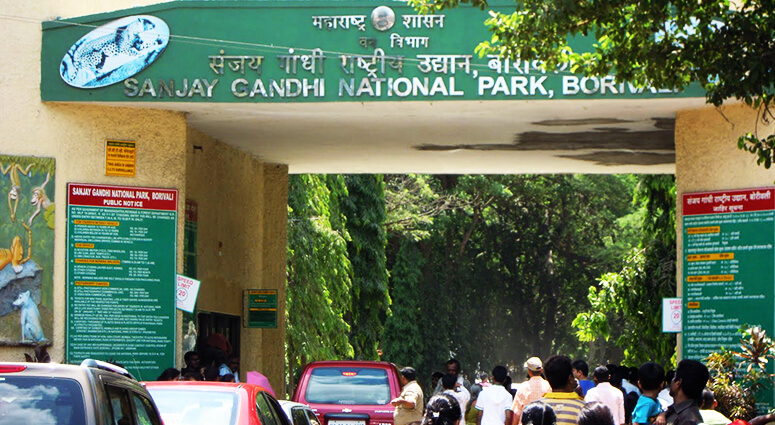
While the news of the Leopard population rising in Sanjay Gandhi National Park calls for a celebration, there is a looming threat of too many individuals in a limited space. Big cats need big territory to exist in peace, however, the space of the National Park is limited and the population has been increasing over past couple of years. When asked this question to the officials, they draw parallels to the human population in Mumbai. The Mumbai population is way beyond its capacity, but every day the city finds a way to support its masses.
The authorities rather focus on the fact that despite Mumbai having a huge human population, the cases of the human-leopard altercation are very less and it has been on a decrease, which is a remarkable feat to achieve.
Are threats to Leopard population non-existent?
The recent increase in Leopard population all across the country signifies an improvement in the Leopard conservation policies, but does it present the complete picture?
In 2018, it was revealed that India had lost 460 Leopards in the year 2018 alone, with Madhya Pradesh and Maharashtra being the states with highest Leopard deaths in India. Last year alone, India witnessed the highest Leopard deaths in the world and Mumbai alone witnessed deaths of 90 Leopards. While we may rejoice over the increase in the population of Leopards across National Park, the complete picture tells a story of an increase in Leopard deaths too.
What causes Leopard deaths?
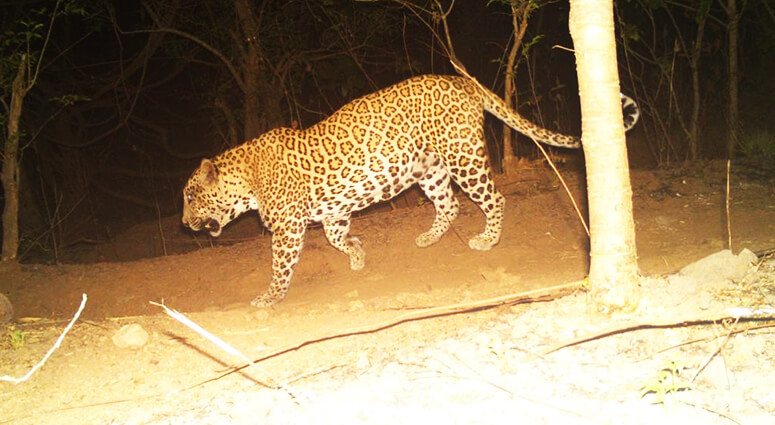
Photo: https://bit.ly/2TIbuIr
There can be many reasons that can be attributed to Leopard deaths all across India. Ranging from the threats of poaching to accidents to natural death, there can be many reasons. So let’s check them out and figure out where things have gone downhill.
- The threat of poaching: This used to be one of the major threats for any wildlife species, however, over the time cases of poaching have come down. But still poaching is a real threat for big cats, who fetch a huge price in illegal markets.
- Accidents involving humans: This is one of the major contributors to Leopard deaths. Due to lack of proper infrastructure, wild animals often come in close contact with human structures like Highway and Railway lines. This often results in the animal losing its life.
- Leopard-human altercation: With the shrinking space, more and more animals are venturing into the buffer zone. This often results in wild animals coming in close contact with humans, resulting in the death of either party involved. Then there are cases of local villagers retaliating after the death of a human by wild animals.
- Natural reasons: Death because of old age and natural causes also contribute to the total Leopard deaths. Although, there aren’t specific numbers to justify its share in the total Leopard deaths every year.
What can be done to make the world a better place for Leopards?
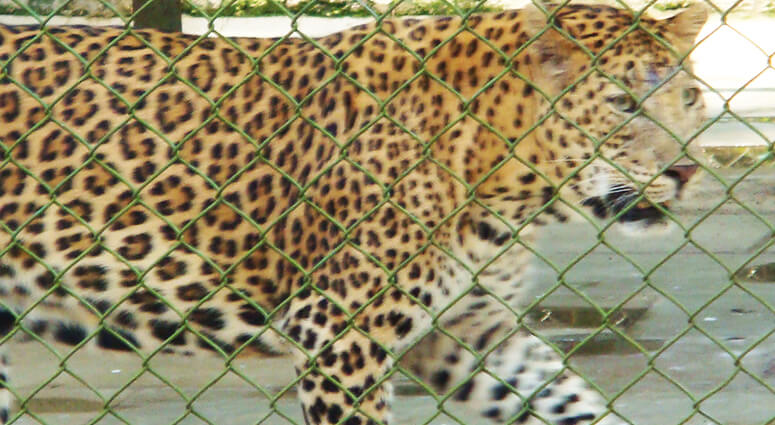
Photo: https://bit.ly/2uyUiLi
Well, there might be a hundred problems and for all those problems, there are thousands of solutions. With a little planning and little contribution from you, the situation can be made better for Leopards all across India.
- Overcoming the hurdle of linear infrastructure: Linear infrastructure basically refers to human-made structures like highways, railway lines, electrical wires or any other infrastructure. These are termed as linear infrastructure if it passes through a natural habitat of wild animals. If we manage to solve the issue of linear infrastructure, we would prevent the cases of accidents. The best way to do that is by constructing natural corridors. These would be elevated corridors, which would allow an alternative passage to wild animals without having to come in close contact with humans.
- Monitoring and tracking Leopards: Monitoring and tracking of Leopards allow the authorities to have a close watch on the big cat. If this is done in live time via a tracking collar, the authorities can have a close watch on the movements and the current medical status of the Leopard. This would also come in handy if a Leopard drifts to nearest human settlement. There have been instances where locals have been warned about the wild animals drifting to villages.
- Redistribution of Leopard population: The Leopard population in natural habitat need vast territories for peaceful co-existence. However, if the area begins to get overpopulated, it can cause chaos amongst Leopards living there. So in order to prevent that, Leopards must be redistributed in a planned manner.
- Establishing planned Leopard conservation policies: If we wish to conserve the Leopard population for future generations, we need to have a definitive conservation policy for the big cat. Also, we would need to change our attitude and approach to Leopards. While their numbers might be higher, it doesn’t justify our casual attitude towards saving them.
Leopards are a majestic creature and although their number is increasing, there is still a long way to go before we can relax. Until then, these big cats need our help to survive. So, let’s promise to contribute in whatever way possible and the world a better place for Leopards.
 Published: 29 Mar, 2019By Ashwini
Published: 29 Mar, 2019By Ashwini
Popular Post
Category by Destinations
Travel Intel
Category by Continent
India recent post
Enquiry Form
Get Customized Travel Quotes from Tour My India

